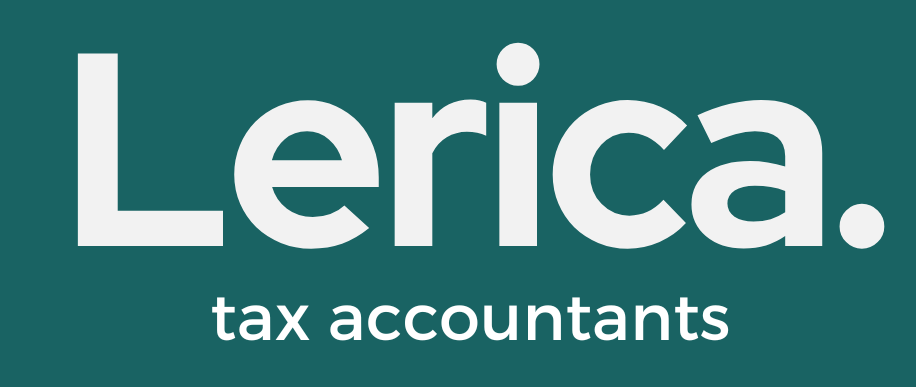Managing tax due on fluctuating profits
The current tax system
The current tax system operates on a self-assessment basis for certain types of income, like business earnings, rental income, and dividends, where tax isn't automatically deducted. Here's a simplified breakdown:
Completing a Tax Return - if you earn such income, you must file a tax return each year. The deadline for settling any tax owed, along with any applicable national insurance, is 31 January following the end of the tax year.
Advance payments for larger tax bills - if your tax bill exceeds £1,000, you're required to make 'payments on account' for the next tax year. These are essentially advance payments based on your previous year's tax bill. You'll pay these in two equal instalments: one on 31 January and the other on 31 July.
First year’s tax payments - this means on your first payment deadline (31 January), you'll pay 150% of what you'd usually owe for a year. This includes the full tax bill for the previous year (100%) and half of the estimated tax for the current year (50%). Six months later, you pay the remaining 50% for the current year.
Rationale behind the system - this approach aligns with your earnings timeline. By the first 31 January deadline, you would have earned a full year's profits (from the previous year) and 10 months of the current year's income (from April to January). Therefore, it's expected that you would have saved enough to cover both the full tax bill of the previous year and half of the current year's estimated tax.
The problem
When managing taxes on independent earnings like business profits, dividends, or rental income, it's crucial to understand how changes in income can impact your tax payments:
Consistent earnings, consistent taxes - if your taxable profits and tax rates remain constant, your tax liability will be the same every six months, making financial planning straightforward and regular tax payments become predictable.
The risk of using future income for past taxes - paying past tax liabilities with future income might seem convenient, but it's a risky strategy. If your earnings decrease, or if you stop working or retire, you'll lack the future income to cover past tax dues. This can lead to challenging cash flow issues.
Variable earnings and tax liabilities - it's common for income from businesses, dividends, and rents to vary each year. These fluctuations will affect your tax liability. For instance:
Business profits - changes might be due to varying capital allowances (like investments in machinery or vehicles), differences in expenses (such as property renovations or vacant rental periods), or shifts in market conditions
Impact on taxes - when your income changes, so does your tax liability. You might notice this as an increase or decrease in your bank balance from month to month or year to year.
Monitoring your finances - it's vital to stay aware of how your taxable income fluctuates, as it directly affects your tax payments. Regularly reviewing your finances can help you anticipate and prepare for these variations in tax obligations.
The solution
To manage your tax obligations efficiently and reduce financial stress, consider these practical solutions:
Regular saving for tax bills – we recommend setting aside money for your tax bill each month from the income you earn. This approach minimises stress and avoids extra costs, like higher accountancy fees or penalties from HMRC for late tax payments.
Guidance on savings amounts - if you're unsure about how much to save, don't hesitate to ask for assistance. We can help you figure out the right amount to set aside.
Adjusting payments – an increase in profits means your advance payments may fall short. Be prepared for a balancing tax payment the following January plus an increased payment on account based on this increased overall tax liability. Again we can assist to help you plan for these liabilities.
Ongoing support – please remember, our support isn’t limited to compliance after the tax year has ended. We’re here to provide advice and guidance throughout the tax year as potential issues arise to help you manage your tax responsibilities proactively and effectively.
Here’s an example of fluctuating taxable profits and ultimate tax liabilities based on a landlord:
2021/22
Start of rental profits received - £15,000 no other income
Tax liability due = £486
Payment due = 31 January 2023
No payments on account for 2022/23
2022/23
Rental profits received - £30,000
Employment income - £15,000 (tax taken at source)
Tax liability due = £6,000
Balancing payment due = 31 January 2024
Payment on account for 2023/24 - £3,000 each due 31 January 2024 and 31 July 2024
2023/24
Rental profits - £15,000
Employment income - £15,000 (tax taken at source)
Tax liability = £3,000
Tax paid on account = £6,000
Refund due = £3,000
Payments on account due for 2024/25 = £1,500 31 January 2025 and 31 July 2025
Notes:
Payment due at 31 January 2024 is £9,000 based on £6,000 2022/23 tax owing and £3,000 payment on account due for 2023/24. However, profits for 2023/24 were much reduced therefore affordability of the £9,000 in January 2024 would be difficult and £1,500 should not have been due.
